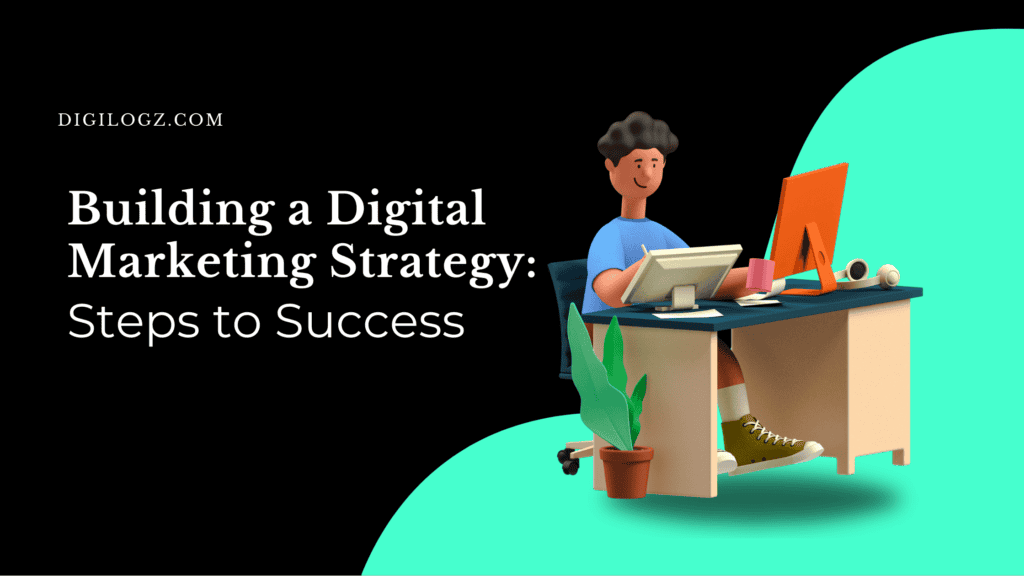AI: The Good, the Bad, and the Future
Artificial Intelligence (AI) is revolutionizing the way we live, work, and interact with the world. From enhancing productivity to transforming healthcare, AI’s potential seems boundless. However, alongside its benefits, AI also brings challenges and risks that need careful consideration. This blog delves into the multifaceted nature of AI, examining its advantages, drawbacks, and what the future might hold.

The Good: Benefits of AI
The AI software market’s global annual revenue is currently over $50 billion (Omdia)
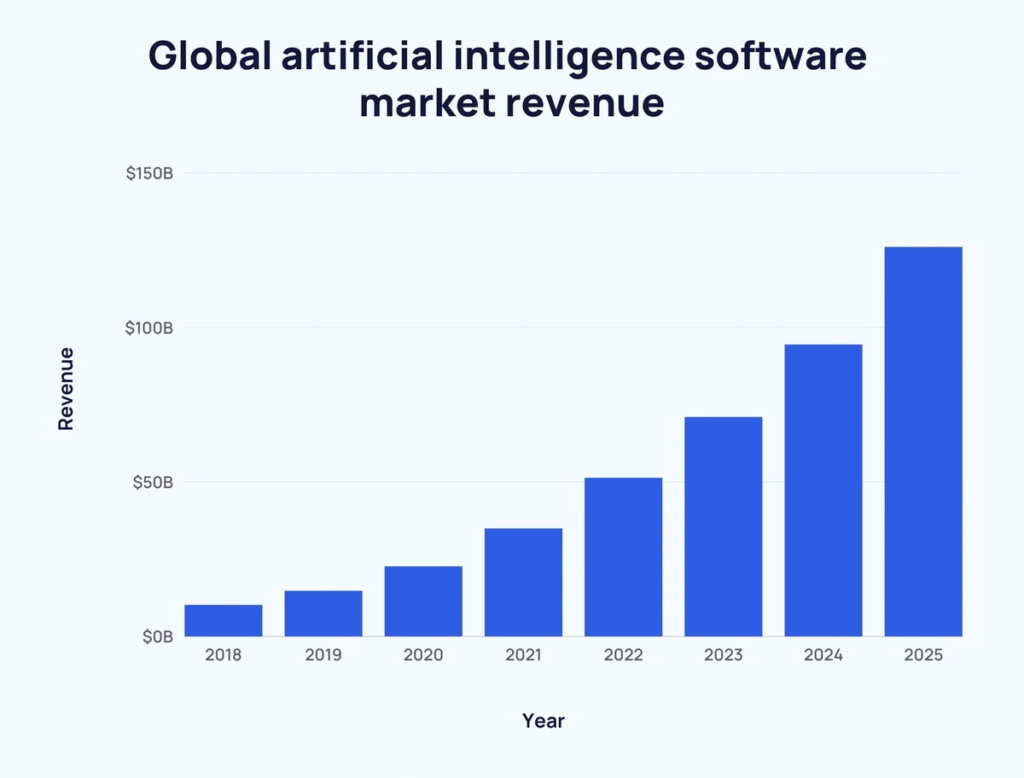
Enhancing Efficiency and Productivity
AI has a profound impact on efficiency and productivity across various industries. By automating repetitive tasks, AI allows human workers to focus on more complex and creative aspects of their jobs. In manufacturing, AI-powered robots streamline assembly lines, reducing errors and speeding up production. Logistics companies use AI to optimize delivery routes, ensuring faster and more reliable service.
Advancements in Healthcare
In the medical field, AI’s capabilities are transformative. AI algorithms assist in diagnosing diseases with greater accuracy and speed than human practitioners. For example, AI systems analyze medical images to detect anomalies such as tumors at early stages, improving patient outcomes. Personalized medicine, guided by predictive analytics, tailors treatments to individual genetic profiles, enhancing efficacy and reducing side effects.

Improving Quality of Life
AI enhances everyday life through smart home devices and personal assistants like Amazon’s Alexa and Google Home. These technologies manage household tasks, improve energy efficiency, and provide entertainment. In retail, AI creates personalized shopping experiences by recommending products based on user preferences and browsing history.
Revolutionizing Education
Education is another sector witnessing AI-driven transformation. AI-powered tutors offer personalized learning experiences, catering to the unique needs of each student. These systems adapt to individual learning paces and styles, making education more effective and accessible. Moreover, AI handles administrative tasks, allowing educators to focus more on teaching and student engagement.
Boosting Innovation and Creativity
AI also fuels innovation and creativity. In research and development, AI accelerates the discovery process by analyzing vast datasets and identifying patterns that might elude human researchers. Artists, writers, and designers leverage AI tools to enhance their creative processes, generating new ideas and artworks that push the boundaries of human imagination.
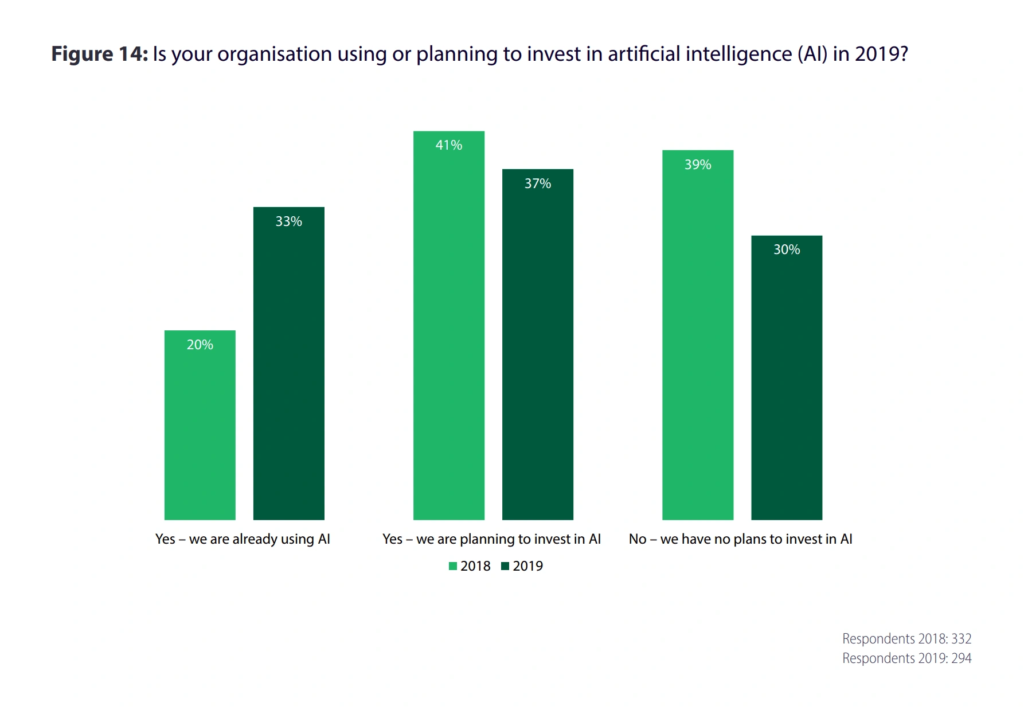
The Bad: Drawbacks of AI
Job Displacement and Economic Impact
One of the most significant concerns surrounding AI is job displacement. Automation threatens to eliminate jobs in various sectors, particularly those involving routine and manual tasks. This shift necessitates workforce reskilling to equip individuals with skills suited to the new job landscape. While AI creates new job opportunities, the transition can be challenging and disruptive.
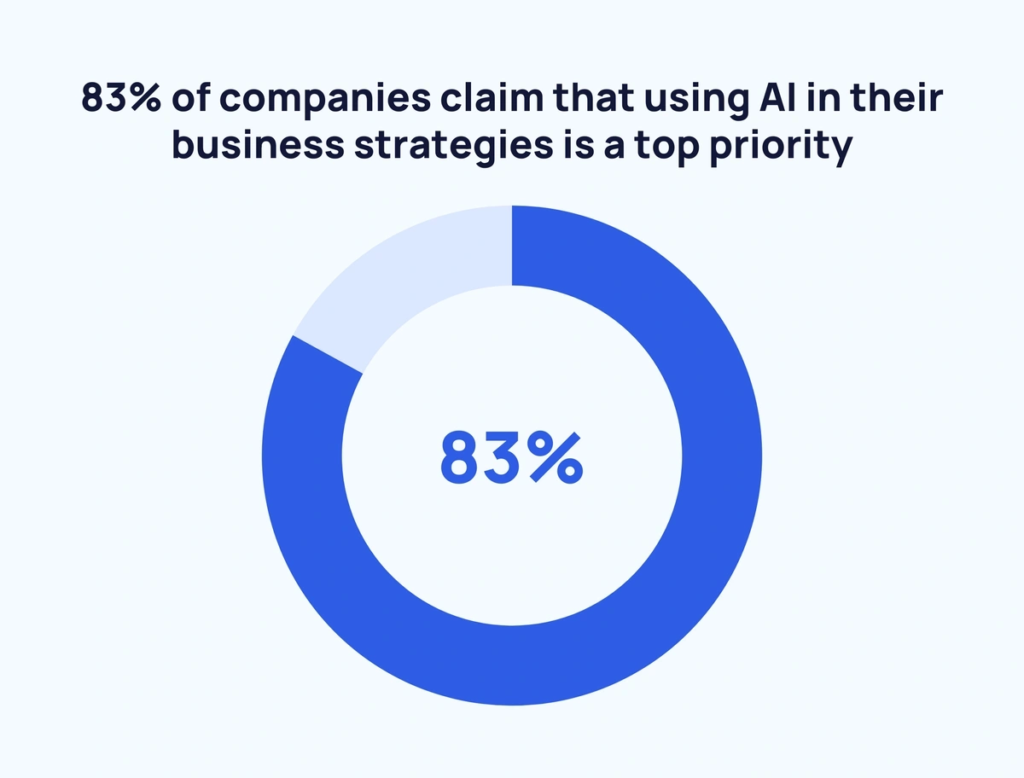
Ethical and Privacy Concerns
AI’s integration into daily life raises ethical and privacy issues. AI systems often require large amounts of data, leading to concerns about data privacy and surveillance. Additionally, biases in AI algorithms can perpetuate discrimination and unfair treatment, highlighting the need for fairness and transparency in AI development.
Security Risks
AI also presents security challenges. Malicious actors can exploit AI for cyber attacks, creating sophisticated threats that are difficult to defend against. The development of autonomous weapons poses significant risks, necessitating robust measures to ensure AI systems are secure and used responsibly.
Dependency and Loss of Human Skills
As AI becomes more integrated into decision-making processes, there’s a risk of over-reliance. This dependency might lead to a decline in critical thinking and problem-solving skills among humans. Balancing AI’s benefits with maintaining human cognitive abilities is crucial for long-term societal health.
Regulatory and Governance Issues
The rapid advancement of AI outpaces the development of regulations and standards. This regulatory lag creates challenges in ensuring responsible AI deployment. Clear guidelines and international cooperation are essential to manage AI’s risks and benefits effectively.
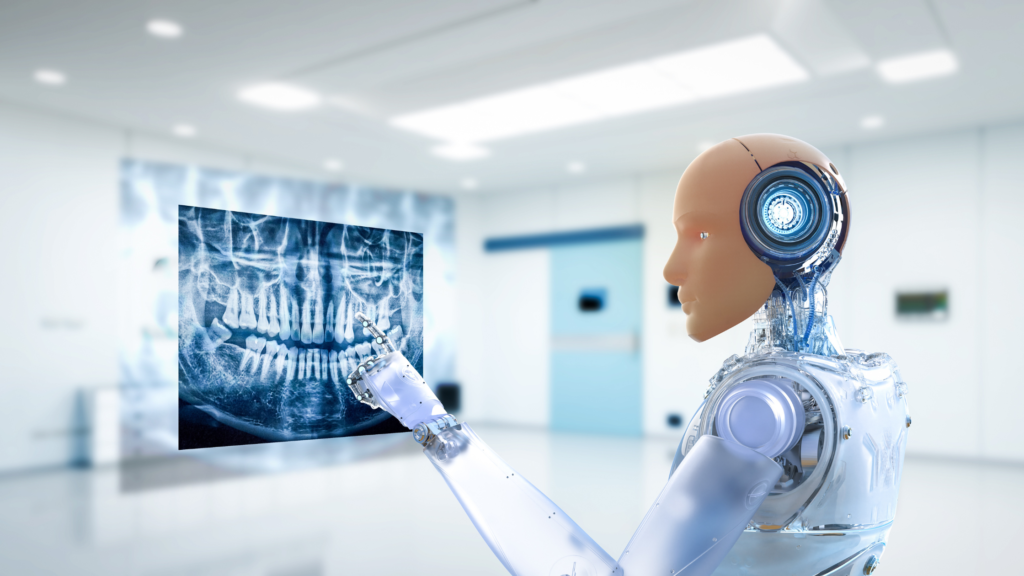
The Future: Potential Developments and Considerations
Advancements in AI Technology
The future of AI promises even more remarkable capabilities. Predictions for the next decade include advancements in natural language processing, more sophisticated machine learning algorithms, and the integration of AI with emerging fields like quantum computing. These developments could lead to breakthroughs in various domains, from healthcare to climate change mitigation.

Societal Implications
AI’s continued evolution will significantly impact global economies and job markets. Automation may reshape industries, requiring adaptive economic policies and social safety nets. Additionally, AI will influence social structures, potentially altering how we interact, communicate, and live our daily lives.
Ethical AI Development
Creating ethical AI is paramount. Initiatives and frameworks focusing on responsible AI development are essential to ensure that AI technologies are aligned with human values. Efforts such as the development of AI ethics guidelines and the establishment of oversight bodies can help mitigate risks and promote beneficial uses of AI.
Preparing for an AI-Driven Future
Education and continuous learning are vital in preparing for an AI-driven future. Equipping individuals with skills in AI and related fields will be crucial for adapting to new job markets. Governments and industries must collaborate to create policies and standards that guide AI growth while addressing societal needs and ethical concerns.
Balancing Innovation and Caution
Fostering innovation while addressing AI’s risks requires a balanced approach. Collaboration between technologists, policymakers, and the public is necessary to develop AI in a way that maximizes benefits and minimizes harm. Open dialogue and inclusive policy-making will play critical roles in shaping a future where AI serves humanity’s best interests.
Conclusion
AI is a powerful force shaping our present and future. While its benefits in enhancing productivity, healthcare, quality of life, education, and creativity are undeniable, we must also address its challenges, such as job displacement, ethical concerns, security risks, dependency, and regulatory issues. A balanced approach, informed by continuous learning and ethical considerations, is essential for harnessing AI’s full potential. As we move forward, staying informed and engaged in the AI discourse will empower us to navigate this transformative technology responsibly.
FAQs
How does AI impact job markets?
AI can lead to job displacement in certain sectors due to automation. However, it also creates new job opportunities, necessitating workforce reskilling and adaptive economic policies.
What ethical concerns are associated with AI?
Ethical concerns include data privacy, surveillance, bias in AI algorithms, and the development of autonomous weapons. Ensuring fairness, transparency, and security in AI systems is crucial.
How can society prepare for an AI-driven future?
Education and continuous learning in AI and related fields are vital. Governments and industries should collaborate to create policies and standards that guide AI development responsibly.
What are the future advancements expected in AI technology?
Future advancements include improvements in natural language processing, machine learning algorithms, and the integration of AI with quantum computing, leading to breakthroughs in various domains.
Why is it important to balance innovation and caution in AI development?
Balancing innovation and caution ensures that AI technologies are developed responsibly, maximizing benefits while minimizing risks. Collaboration between technologists, policymakers, and the public is key to achieving this balance.



